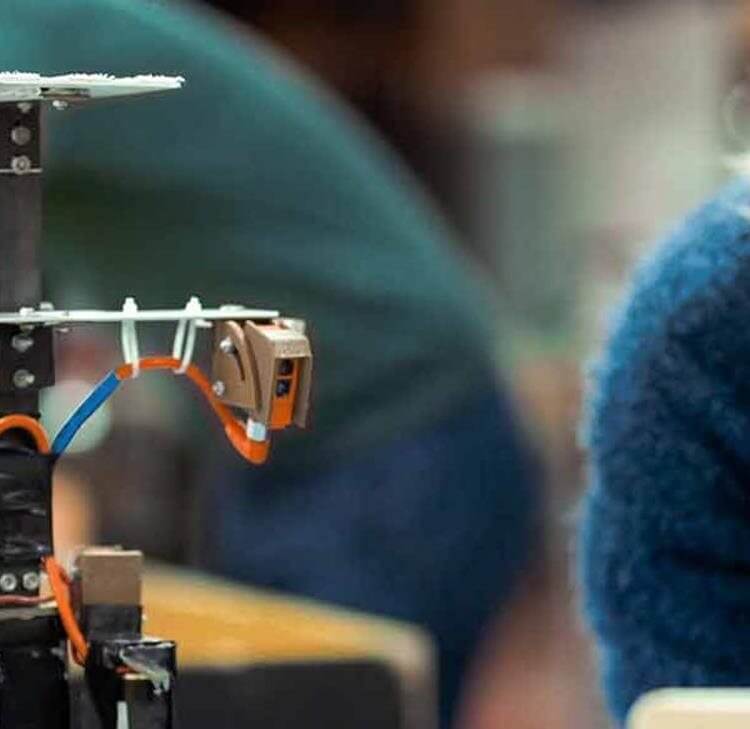When embedding audio-visual content in web pages is copyright infringement
If you publish website content then you need to be careful before embedding third party images. The rights of a copyright owner are infringed if their work is communicated to the public without their permission.
If you publish website content then you need to be careful before embedding third party images.
The rights of a copyright owner are infringed if their work is communicated to the public without their permission. In the context of internet use, communicated to the public means making available the copyright work by electronic transmission so that members of the public may access it from a place and at a time individually chosen by them.
It is well established that once the owner of a work of copyright makes that work available on the internet, hyperlinking to that work is not copyright infringement. This is because the copyright owner has communicated the work to the public.
So, whilst normal hyperlinking to third-party web content that is freely available is a communication to the public, it is not a communication to a new public. This is the position in respect of hyperlinks which are ‘simple links’ or ‘deep links’. By normal hyperlinking, we mean that the URL (uniform resource locator) is identifiable to the web user. Linking works by the user activating the URL (by clicking). That link which contains the URL of the third-party content will direct the web user to the home page of the linked website (either by replacing the current web page or opening it in a new window). It may also direct the user to a specific web page or content within the linked website (without first navigating via the homepage). Uses in this way are generally permitted and is not an act of copyright infringement.
However, hyperlinking may also be done by a method commonly known as ‘framing.’ Framing is where one website is embedded in another website. Traditional ‘framing’ employs a technique which allows the screen to be divided or split into several parts, each of which can independently display a different webpage or internet resource. Framing in this traditional form is now obsolete but has been superseded by ‘inline framing’. An “inline frame” is where just one element of the website – such as an image – is embedded (and is not a screen splitting technique). A web user may not be clear as to the location (URL) of the inline link and will often appear as a normal part of the website hosting that inline link.
The CJEU’s Advocate General Szpunar1 has advised the CJEU to rule that inline framing of images and other copyright works is a communication to a new public. Therefore, it can be copyright infringement if there is no licence in place. However, applying technological measures (e.g. measures which prevent the link from working) to prevent the use of those works by traditional framing methods (e.g. screen splitting) does not make framing a communication to a new public and does not make it copyright infringement.
What this means for you:
Rightholders: Applying technological protection measures to your audio-visual content may not give you more legal rights. However, it is still worth doing to limit the unauthorised copying of your work. Combining these measures with written terms and conditions may give you a legal remedy against infringing use.
Web developers: Inline framing someone else’s audio-visual content is an infringement of copyright if you do not have a licence.
1Case C-392/19 VG Bild-Kunst v Stiftung Preuβischer Kulturbesitz
Contact

Mark Hickson
Head of Business Development
onlineteaminbox@brownejacobson.com
+44 (0)370 270 6000








































